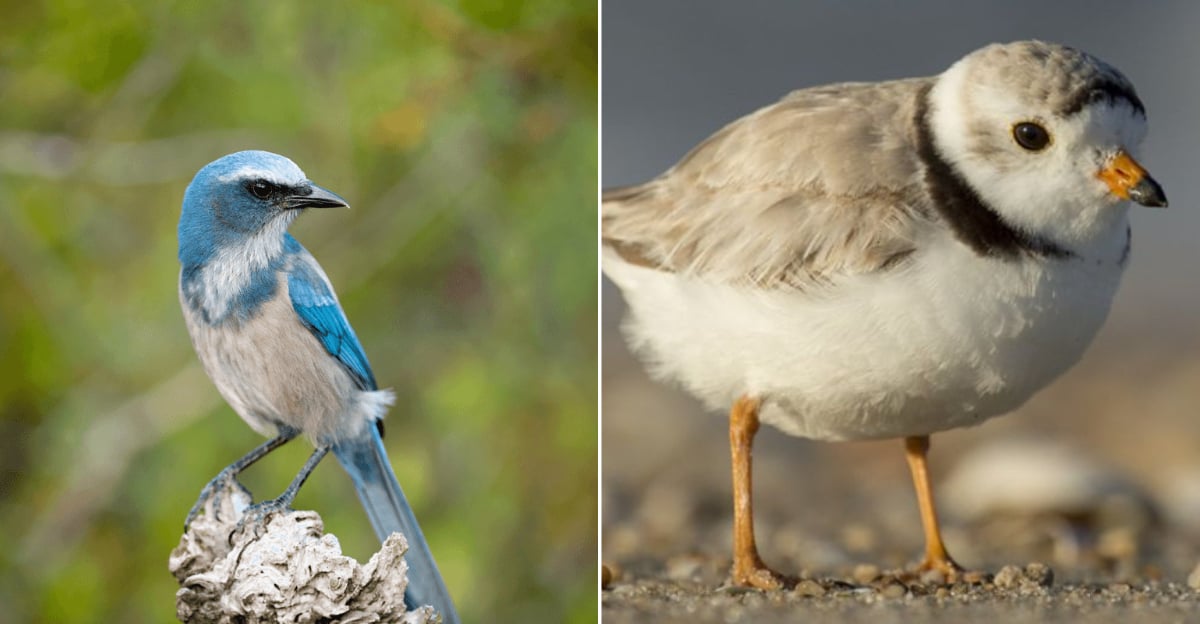Across mountains, marshes, deserts, and coastlines, the U.S. is home to birds that are as bold and beautiful as the landscapes they soar over.
Some dazzle with iridescent feathers, others perform dances that would put pros to shame, and a few have calls you’ll never forget.
These wild native birds aren’t just stunning to spot – they play a vital role in nature’s rhythm. Once you meet them, you’ll see exactly why they’re worth watching out for.
1. California Condor
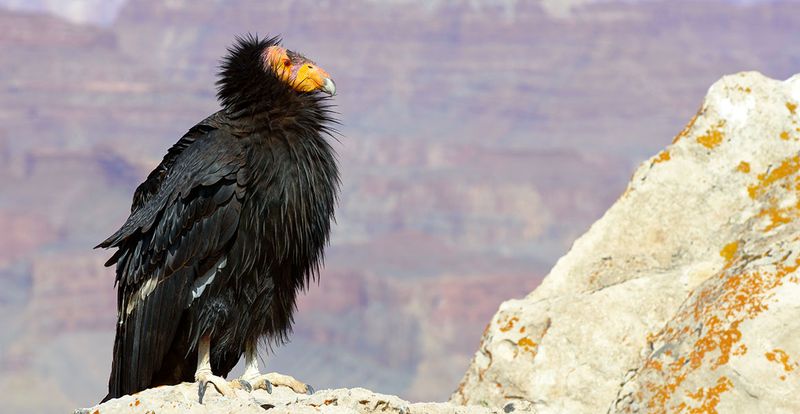
Once teetering on extinction’s edge with just 22 birds left in the wild, these magnificent scavengers now soar again over western skies.
With a wingspan stretching nearly 10 feet, they’re North America’s largest flying birds.
Ancient-looking and bald-headed, condors can live 60 years, gliding effortlessly on thermal currents while scanning for carrion. Their comeback represents one of conservation’s greatest success stories.
2. Ivory-billed Woodpecker
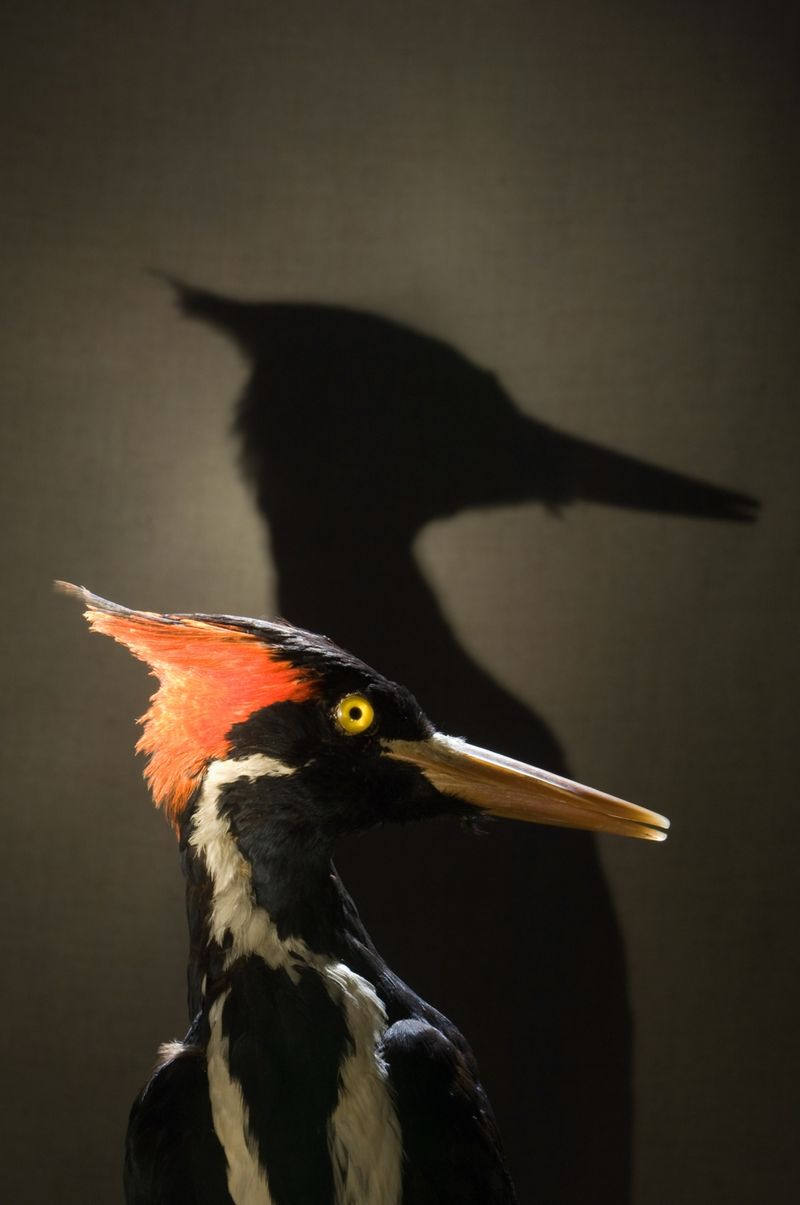
Nicknamed the ‘Lord God Bird’ because of exclamations made by awestruck observers, this magnificent woodpecker may be America’s avian ghost.
Standing nearly 20 inches tall with striking white bills and bold markings, they once hammered through old-growth forests. Though officially declared extinct in 2021, tantalizing possible sightings keep hope alive.
The bird represents our complicated relationship with wilderness—what we’ve lost and what we desperately wish to find again.
3. Florida Scrub-Jay
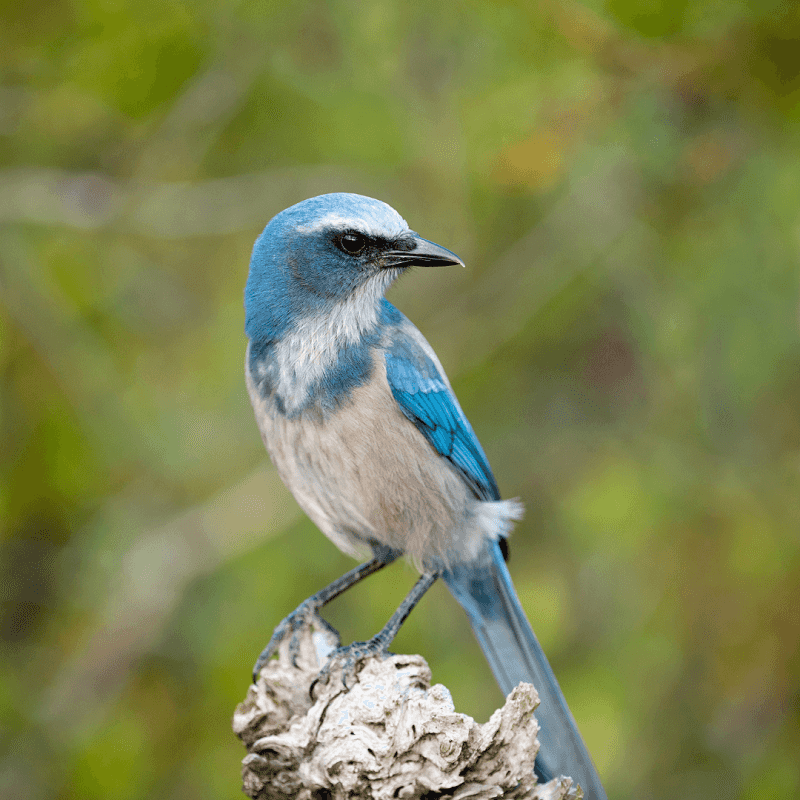
Found nowhere else on Earth but central Florida’s ancient oak scrublands, these brilliant blue birds live in extended family groups with complex social structures.
Young jays often stay with parents as “helpers,” assisting with nest defense and feeding new chicks. Masters of memory, they can cache thousands of acorns and remember each hiding spot months later.
Their restricted habitat makes them particularly vulnerable to development, with fewer than 4,000 remaining.
4. Whooping Crane
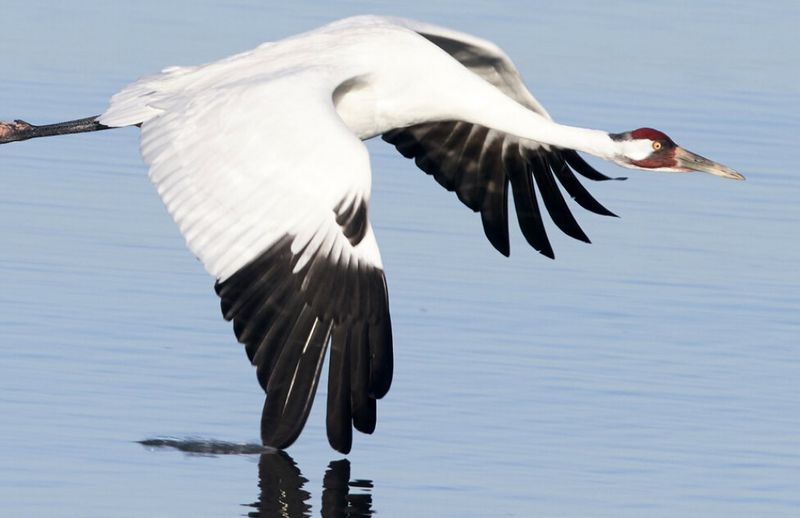
Standing five feet tall with snowy plumage and crimson crown, Whooping Cranes perform elaborate courtship dances that would make any ballroom dancer envious.
Their haunting calls can carry for miles across wetlands and prairies. Heroic conservation efforts saved these majestic birds from the brink—with populations plummeting to just 15 individuals in 1941.
Today, scientists use ultralight aircraft to teach young cranes their ancestral migration routes between Wisconsin and Florida.
5. Piping Plover

Sandy-colored and small enough to fit in your palm, these beach-nesting birds perform a charming “broken wing” display to lure predators away from their camouflaged eggs.
Their melodious piping calls echo across shorelines from the Great Lakes to the Atlantic. Beach development and human recreation threaten their existence.
Conservation teams now rope off nesting areas and employ “plover guardians” during summer months to give these vulnerable shorebirds a fighting chance at survival.
6. Black-capped Vireo
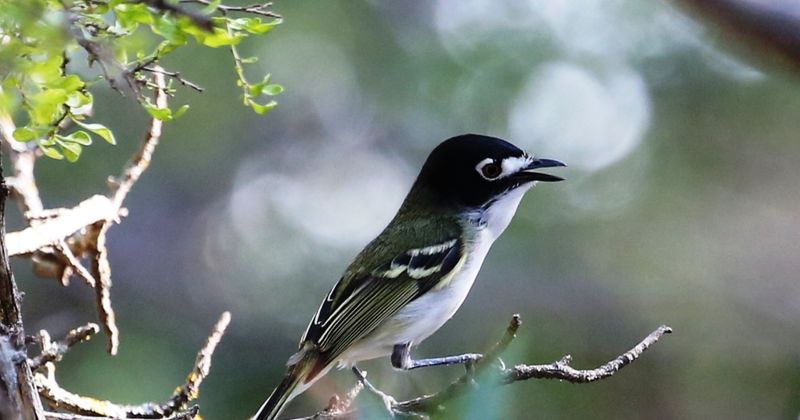
Sporting a jaunty black cap contrasting with white “spectacles,” these diminutive songbirds deliver complex melodies from scrubby hillsides in Texas and Oklahoma.
Males sing up to 20,000 times daily during breeding season—that’s commitment to romance! These vocal virtuosos faced near-extinction from habitat loss and nest parasitism by cowbirds.
Thankfully, conservation efforts have helped populations rebound enough for removal from the endangered species list in 2018.
7. Gunnison Sage-Grouse
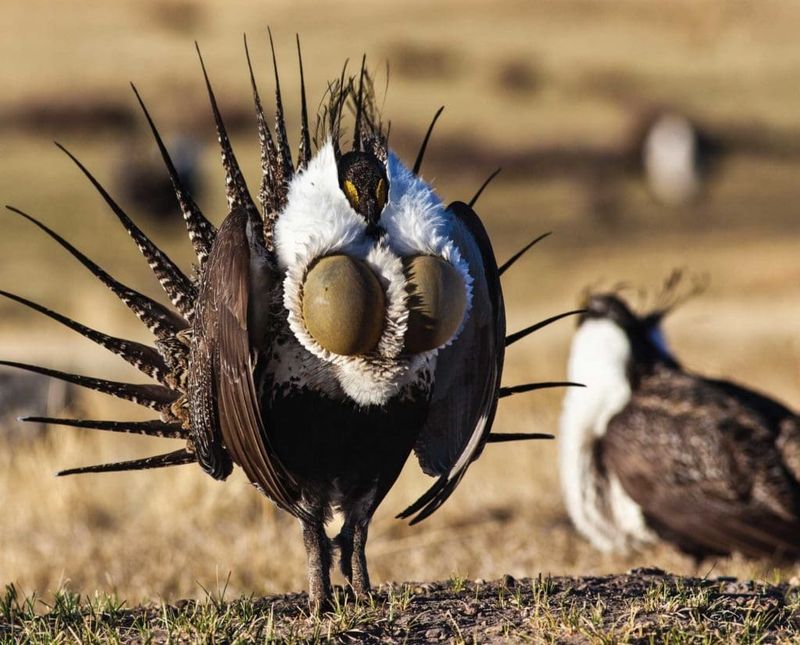
Discovered as a separate species only in 2000, these chicken-sized birds stage perhaps the West’s most flamboyant mating displays.
Males inflate bright yellow air sacs on their chests, fanning ornate tail feathers while strutting across ancestral breeding grounds called “leks.”
With fewer than 5,000 remaining in isolated pockets of Colorado and Utah, their exotic courtship rituals may disappear forever.
Climate change and habitat fragmentation threaten their sagebrush kingdom despite conservation efforts.
8. Hawaiian Honeycreeper
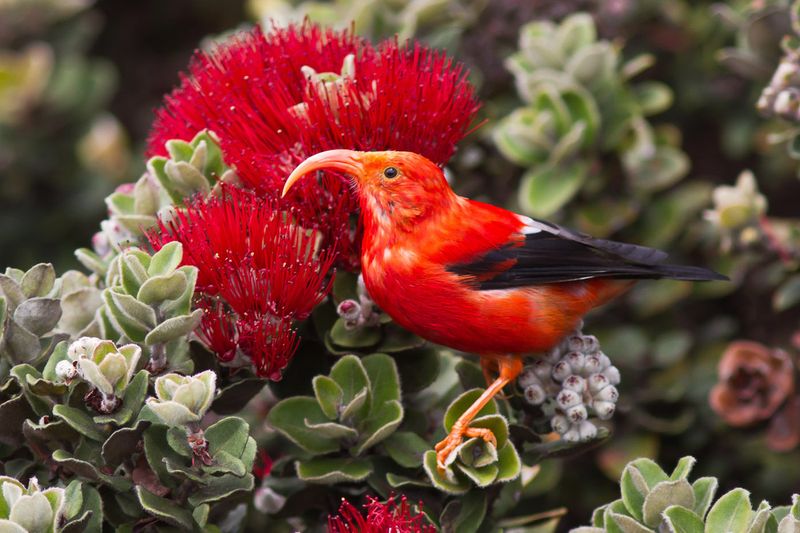
Evolution’s masterpiece unfolded on Hawaiian islands, where these birds’ beaks diversified into extraordinary shapes—some curved for sipping nectar, others thick for cracking seeds.
Their rainbow plumage ranges from flaming scarlet to sunflower yellow. Tragically, of more than 50 original species, over half are now extinct.
Survivors battle introduced mosquitoes carrying avian malaria and habitat destruction. The ‘I’iwi, with its crimson feathers and curved bill, remains a living jewel of Hawaii’s forests.
9. Mountain Bluebird
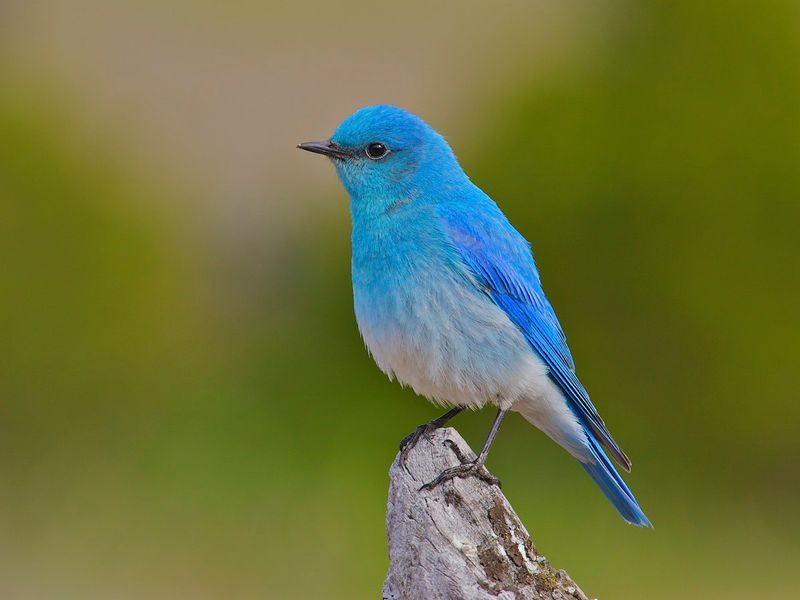
Floating through western mountain meadows like pieces of sky come to life, male Mountain Bluebirds showcase the purest azure blue found in nature.
Their ethereal color isn’t from pigment but from light refraction through feather structures—nature’s optical illusion. These cavity nesters faced housing shortages after logging removed natural nest sites.
Bluebird trails—networks of nestboxes maintained by dedicated volunteers—have helped populations recover while connecting communities with these symbols of happiness and hope.
10. Short-tailed Albatross
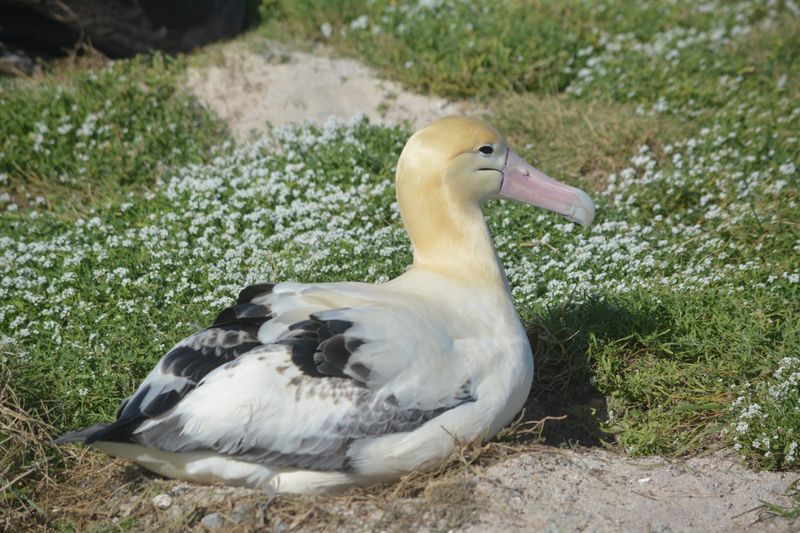
Masters of the open ocean, these magnificent seabirds can soar for years without touching land, riding air currents above the North Pacific with barely a wingbeat.
Golden-hued neck feathers and massive pink bills make them the monarchs of marine birds. Feather hunters nearly eliminated them completely in the early 1900s.
From just 12 breeding pairs, they’ve slowly recovered to around 4,000 birds today. Their primary breeding colony perches precariously on an active volcano in Japan.
11. American Woodcock
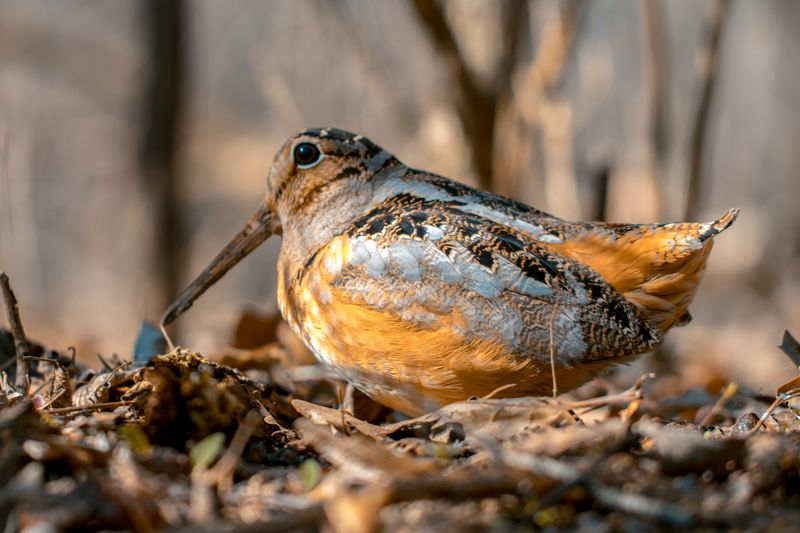
Affectionately nicknamed “timberdoodle” and “bog sucker,” this plump, long-billed woodland shorebird performs one of nature’s most peculiar courtship rituals.
Males spiral skyward at dusk, then zigzag back to earth while making musical twittering sounds with their wings. Their eyes sit so far back on their heads they can see 360 degrees—including behind and above!
This adaptation helps spot predators while their long bills probe soil for earthworms, which they can locate by feeling vibrations.
12. Sage Thrasher
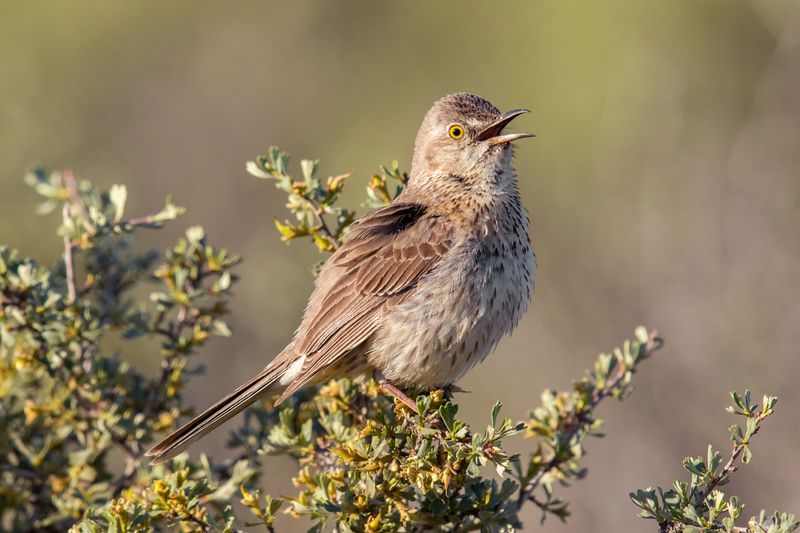
Virtuosos of the sagebrush sea, these unassuming brown birds deliver some of North America’s most complex songs—stringing together over 100 different phrases in endless variations.
Their musical repertoire echoes across the West’s vast sagebrush plains at dawn. Despite their vocal talents, they remain relatively unknown compared to other songbirds.
Their fate is tied to disappearing sagebrush habitats threatened by development, invasive grasses, and wildfire. Each lost sagebrush patch silences another desert symphony.
13. Spotted Owl
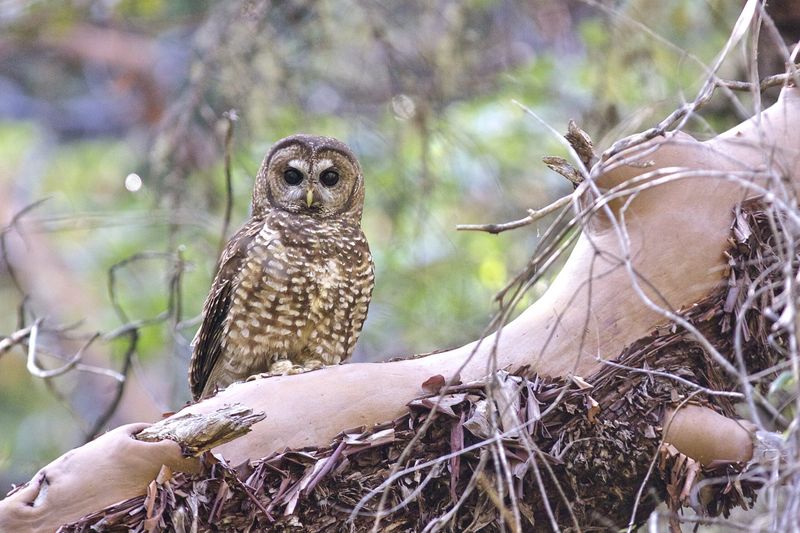
Dark eyes peer from chocolate-brown feathers dappled with white spots—silent hunters of ancient forests.
These nocturnal predators became reluctant celebrities during the 1990s timber wars, symbolizing the conflict between conservation and logging interests in the Pacific Northwest.
Requiring large territories of old-growth forest to survive, they hunt flying squirrels and wood rats in the cathedral-like silence beneath towering trees.
Now they face a new threat—competition from the more aggressive barred owl moving into their territory.
14. Elf Owl
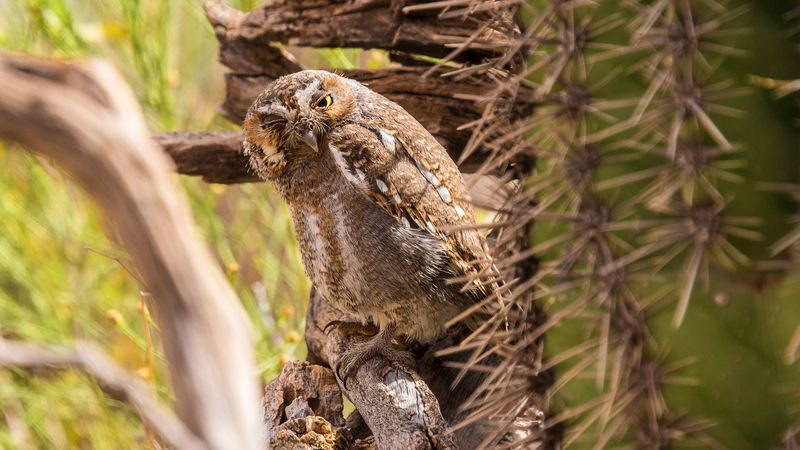
Weighing less than a golf ball, North America’s tiniest owl packs fierce attitude into its sparrow-sized frame.
These miniature predators make their homes in abandoned woodpecker holes in saguaro cacti throughout the Sonoran Desert, emerging at dusk to hunt insects and scorpions.
Despite their diminutive size, they fearlessly mob much larger predators to defend their territory.
Their cat-like “meow” calls and enormous yellow eyes make these pint-sized hunters irresistibly charming to birdwatchers lucky enough to spot them.
15. Willow Ptarmigan
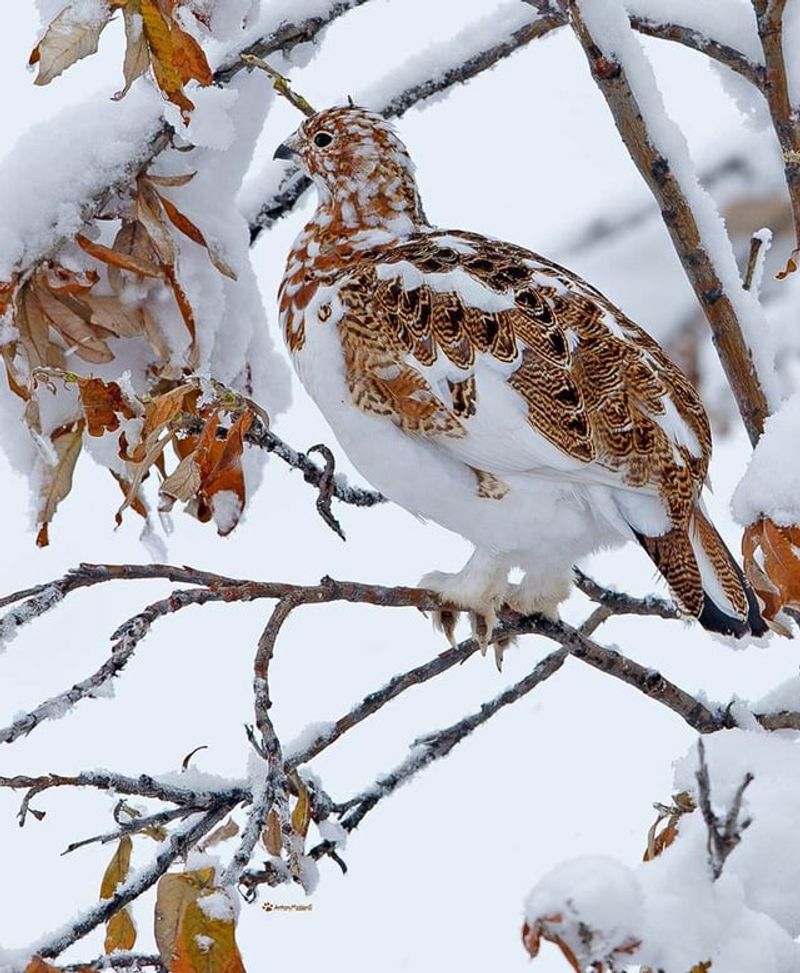
Fashion-forward birds of the far north, these ground-dwelling relatives of grouse change their entire wardrobe seasonally.
Summer brings mottled brown plumage for camouflage among tundra vegetation, while winter transforms them into snow-white phantoms with red eyebrows.
Feathered feet serve as natural snowshoes, allowing them to walk atop deep snow.
Alaska’s state bird thrives in harsh Arctic conditions where few other birds dare remain year-round. Their low, chuckling calls echo across otherwise silent winter landscapes.
16. Yellow-billed Magpie
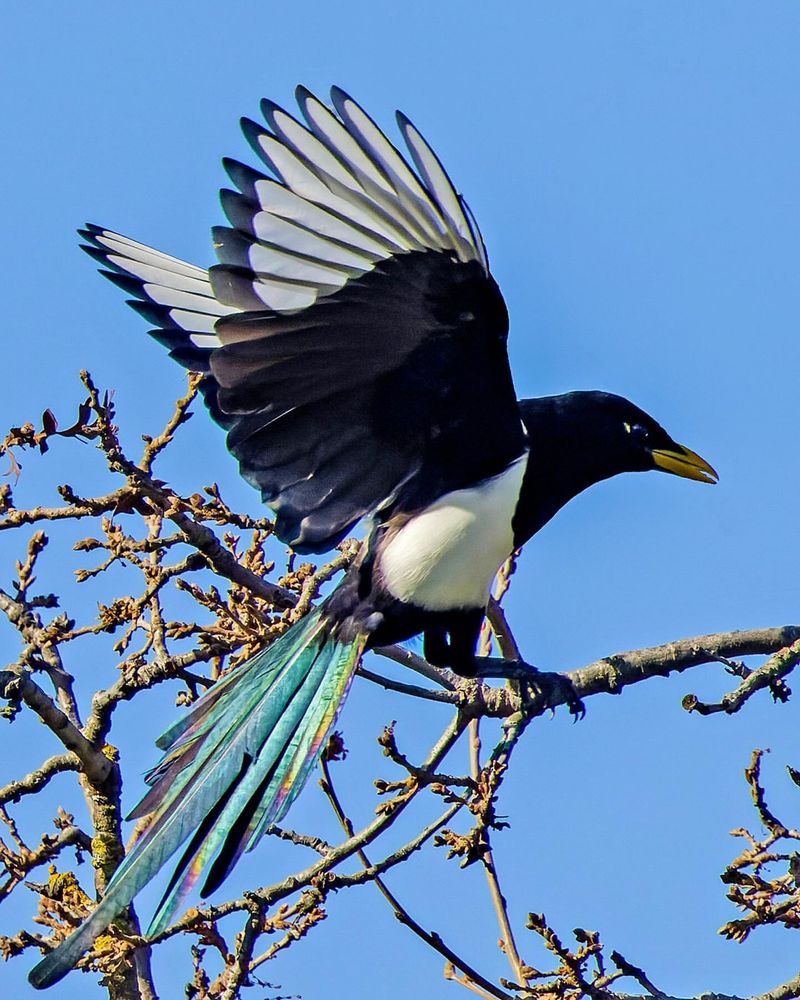
Found only in California’s Central Valley and coastal ranges, these striking black-and-white birds with jaunty yellow bills are living proof of evolution’s local adaptations.
Separated from their black-billed cousins during the last ice age, they developed into a distinct species. Highly intelligent members of the crow family, they build dome-shaped nests and store food for later use.
West Nile virus devastated their populations in the early 2000s, reducing numbers by up to 50%. Their restricted range makes them particularly vulnerable to climate change.
17. Kirtland’s Warbler
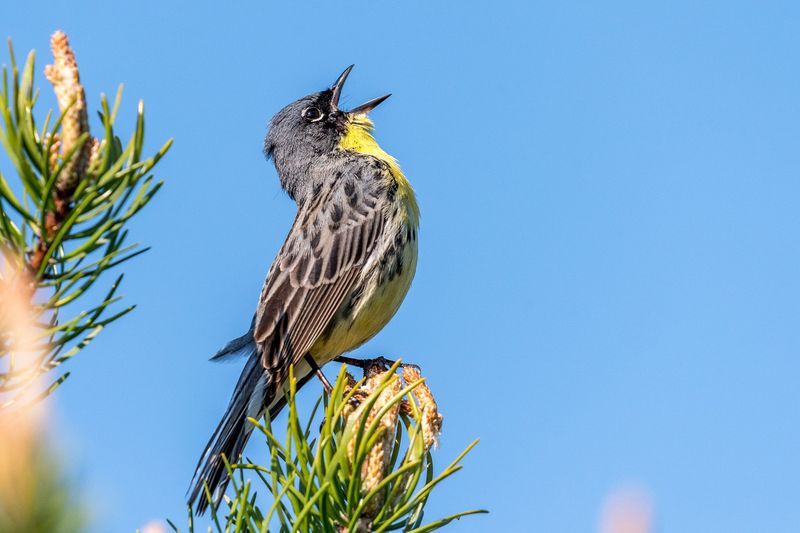
Sunshine yellow bellies contrasting with bluish-gray backs make these warblers visual treats for lucky observers.
Incredibly picky about real estate, they nest only beneath young jack pine trees of specific heights in Michigan, Wisconsin, and Ontario.
Their homes require fire to exist—jack pines need heat to release seeds from cones. Conservation success brought them back from just 167 singing males in 1987 to over 2,000 today.
Their surprisingly loud songs carry across pine barrens each spring as males establish territory.
18. Guam Kingfisher
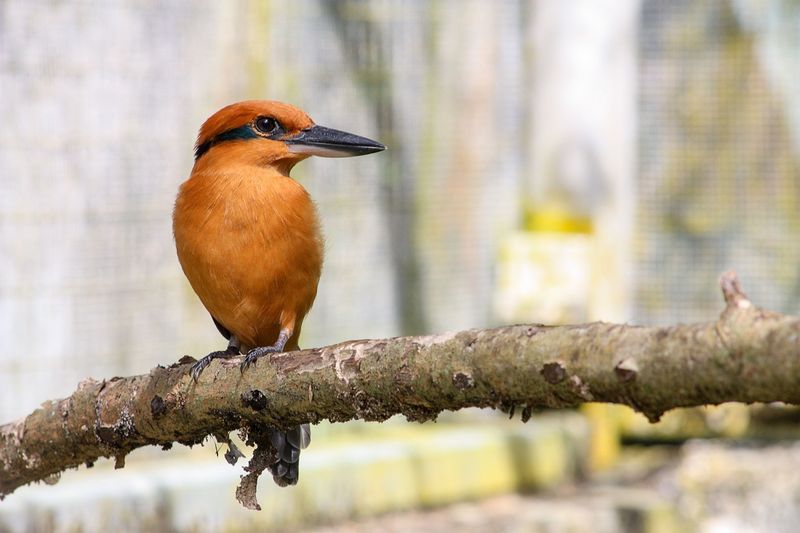
Extinct in the wild, these gorgeous rusty-orange and blue-backed birds survive only in captivity after brown tree snakes devastated Guam’s native birds.
Fewer than 150 remain in breeding programs across American zoos—living museums of what’s been lost. Reintroduction efforts target snake-free islands where these cavity-nesting hunters might thrive again.
Their distinctive rattling calls, once common across Guam’s forests, now echo only in conservation facilities. They represent both ecological tragedy and the persistent hope of restoration.
